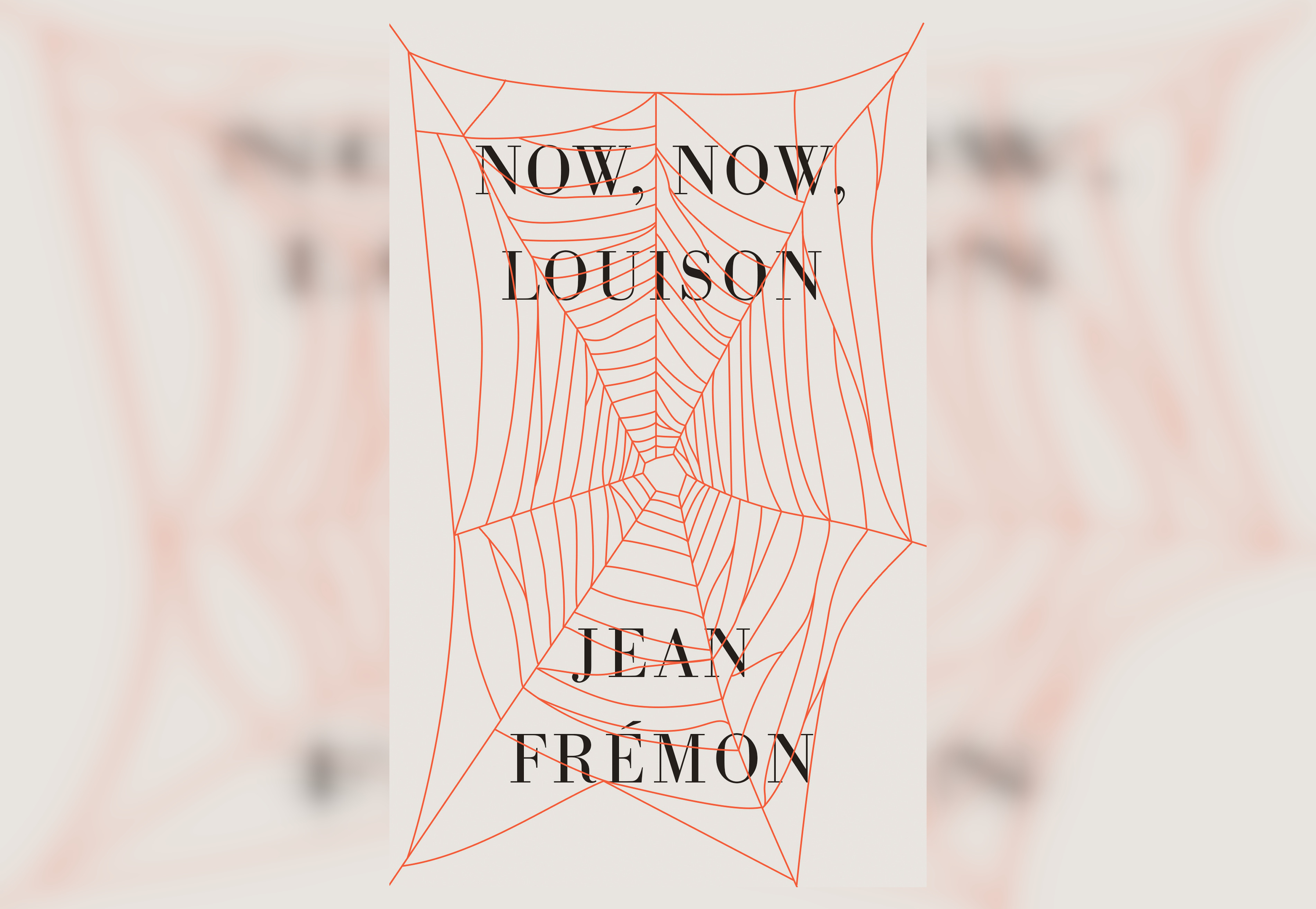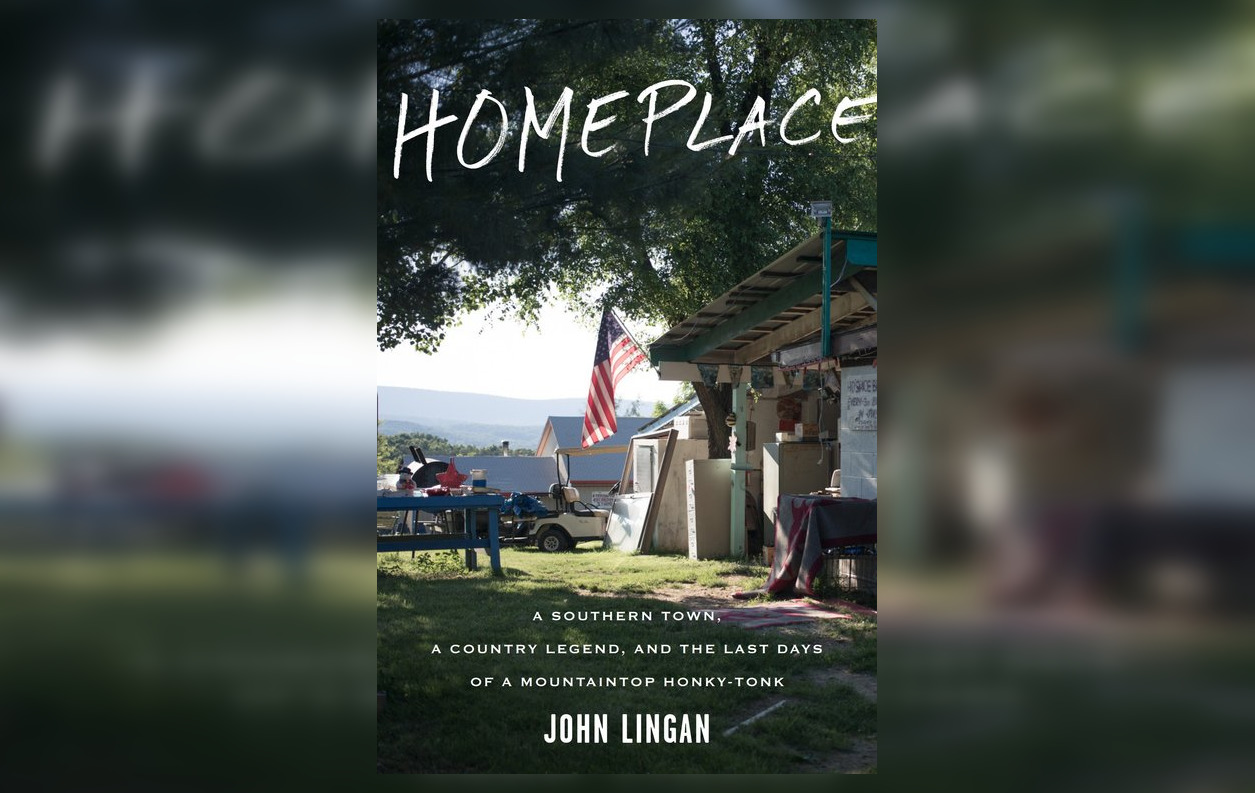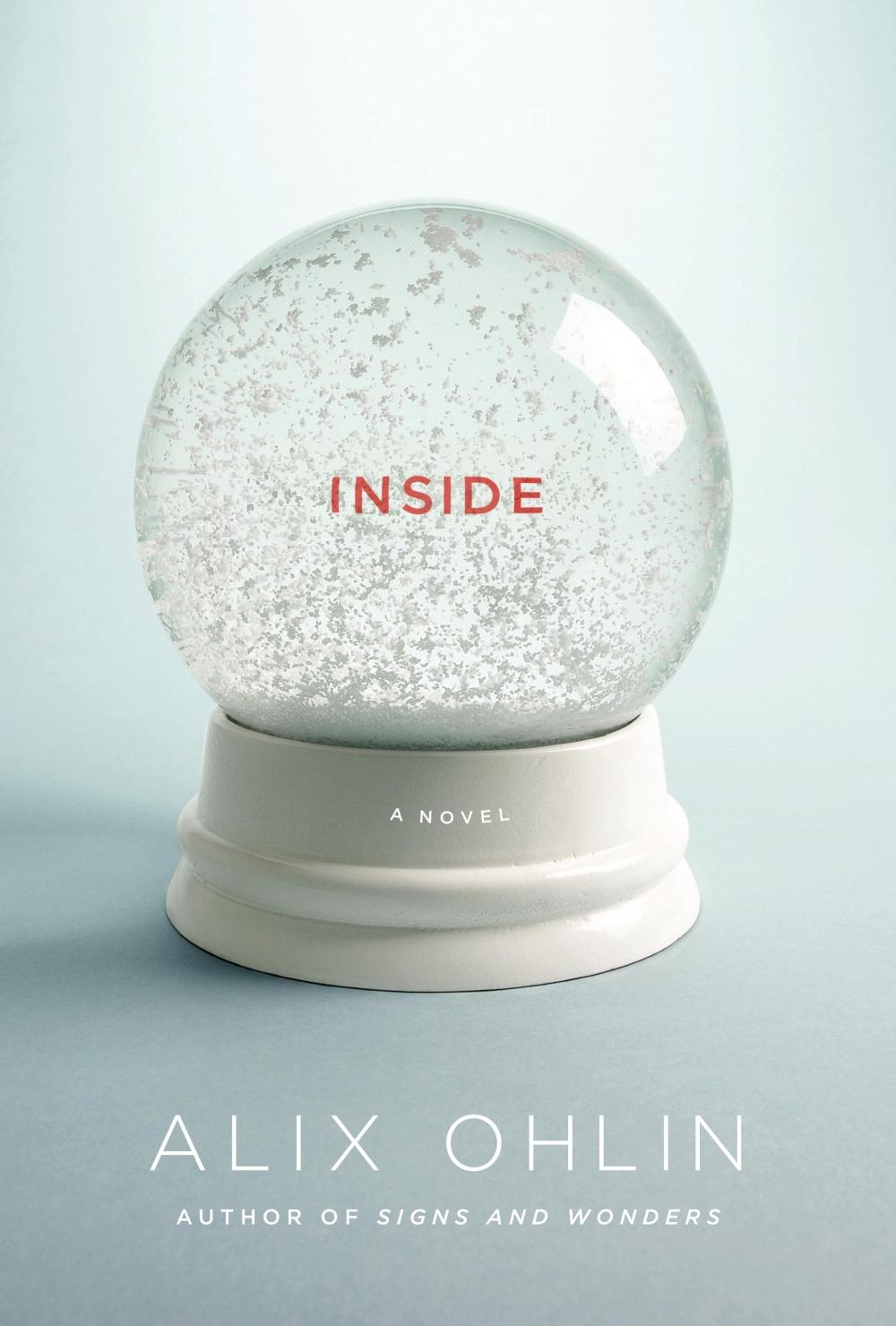Jean Fremon’s latest work, Now, Now, Louison, translated beautifully from the French by Cole Swensen, could be described as a new possible answer to an ethical problem long-debated and long-agonized over by conscientious writers of fiction and nonfiction alike: what gives someone the authority to write about a real person? And, following that: what happens when you write about someone you love and admire, and give them a sort of second life in the written word? How much of this authority is real? How much is imagined?
Now, Now, Louison is a biography–a “written portrait”–of Louise Bourgeois, the sculptor and painter made infamous for her towering sculptures of spiders. And to paint this portrait of Bourgeois, Fremon does not use a third-person brush, which would give space for a possible hidden first-person narrator to appear and speak for himself; he does not use the first-person either, a choice which would seem a little too harsh and perhaps assertive. After all, Fremon, a gallerist, had known Bourgeois; he worked and collaborated with her. They had worked intermittently for several decades: he as her gallerist, she as the artist.
So Fremon’s book is written from the perspective of Louise herself, but in the second person. “You” are Louise Bourgeois; Fremon is Louise, as well. With the second person, Fremon enters the space of both being Louise and speaking to Louise. It’s radical, this distance.
The book begins, “You’ve thrown open all the windows and doors, just hoping to get a bit of air. Not a chance. Not a breath. The city is lethargic. Stunned by the heat. These days in the nice parts of town, they have air conditioning. Did you say heat?”
The second person is the voice which often issues commands. It is an authoritative, directive voice. Thankfully, and with grace, the first sentence upends this commanding tone by telling you, Louise, the reader, what has already been done — you have already thrown open the window, you had been hoping to get some air. This, I find, creates such necessary intimacy. As the book continues in the second person, the reader is coaxed further into joining this deeply interior voice. “Did you say heat?” Louise, here, is talking to herself. Did she say heat? The reader backtracks to that line. Yes, she said heat. Like this, with a quick line of doubt and self-questioning, the reader enters Louise’s interiority. The book makes fast work of closing the second-person doors which might lead to pedantic rhetoric, a story which might exclude the reader, or a story which might feel too precious. Precious, this book is not; the “you” speaks with a rancor and confidence which we have Swensen to thank for in the English translation, which glitters with humor:
“Love was ok, but sex, no.”
“Why the staircase? Go figure. You cried.”
“Open your eyes, buddy! They died off ages ago, those two, and yet they’re still taking up all the room. Étant donnés, given this and given that, blah blah blah.”
The second person is an acknowledgment, then, of the many spaces and conversations which exist in the process of writing a biography: the space between writer and subject, the space between writer and narrator, and, here, the space between writer and translator. And then there is the space between living writer and dead subject; Bourgeois passed away eight years ago, in May 2011. Fremon acknowledges this in the author’s note at the end of the piece:
“After 1995, we didn’t work together as much, but I continued to visit [Louise Bourgeois] regularly. I never said a work about the book I was writing. I knew that even if I came up with something decent, I would never publish it during her lifetime. I needed the freedom of imagination that she used so well in her own work, but which she would not have been able to allow someone who was writing about her. That’s how I felt, at least.”
There is a certain fear in writing about someone living; many biographies are written about the dead. And the longer a person is dead, the safer it feels to write about that person. There are, for instance, 15,000 about Abraham Lincoln. But I do not wish to compare these two figures by drawing up this statistic. My concern comes from a place of paranoia: who has to die in order for a story to be told?
As Alice Kaplan writes in her essay “The Biography of an Artform,” it is sometimes favorable for translators to work on a writer “whose life’s work is complete, and who is no longer around to pass judgment on a translation.” That is, it is sometimes easier to translate a dead author. The living translator can do as they please, and the dead author would just have to deal with it. But, Kaplan continues: “And unfortunately, the opposite can never be true: a dead author can have a living translator, but no living author can ever work with a dead translator. Some would like to!” I understand the freedom an author’s/artist’s death may grant upon the translator/biographer–this automatic power is totally liberating. Says writer Ian McEwan, “Philip Roth once said to me years ago, when he took an interest in me as a young writer: you’ve got to write as if your parents are dead. It was very good advice, and I stuck to it, and now I look back with some horror.”
There is something squeamish in this image of the predatory writer. It seemed to frighten Yes, it scares me to death. I do not have an answer for the discomfort I feel reading this, because I am in the nonfiction program, but I thank Fremon for his transparency.
In a poorly written book, a man writing from a woman’s perspective would be something to be upset about perhaps on Twitter. But this book, and its translation, are both so exquisitely done, exceedingly so. I am not indignant, I am not mad. I am happy for the questions this book raises. Its rejection of the traditional biography structure reflects the messy complexities of nonfiction writing in translation, and for that, I really like this very small book.
Photo courtesy of New Directions.




